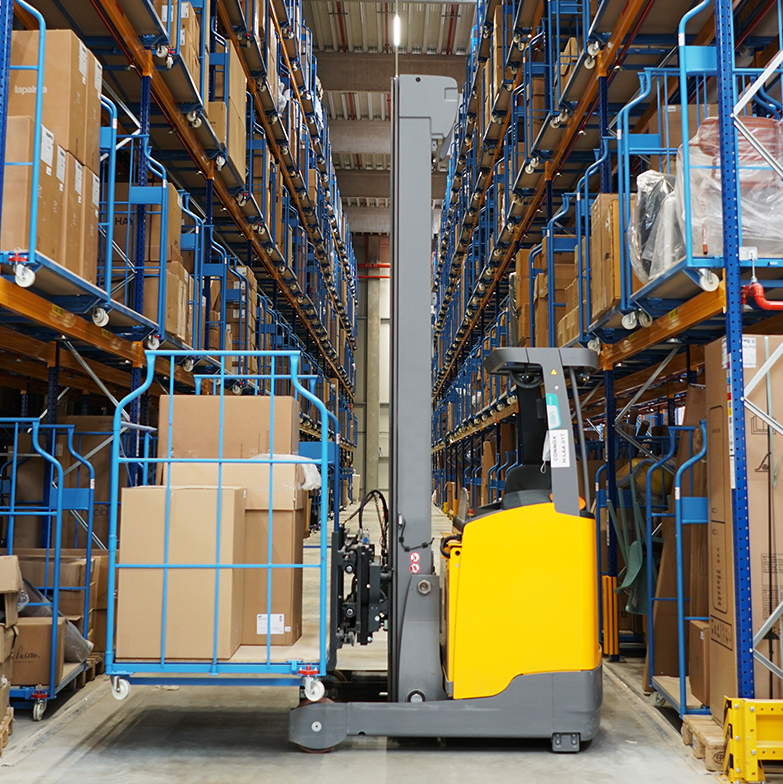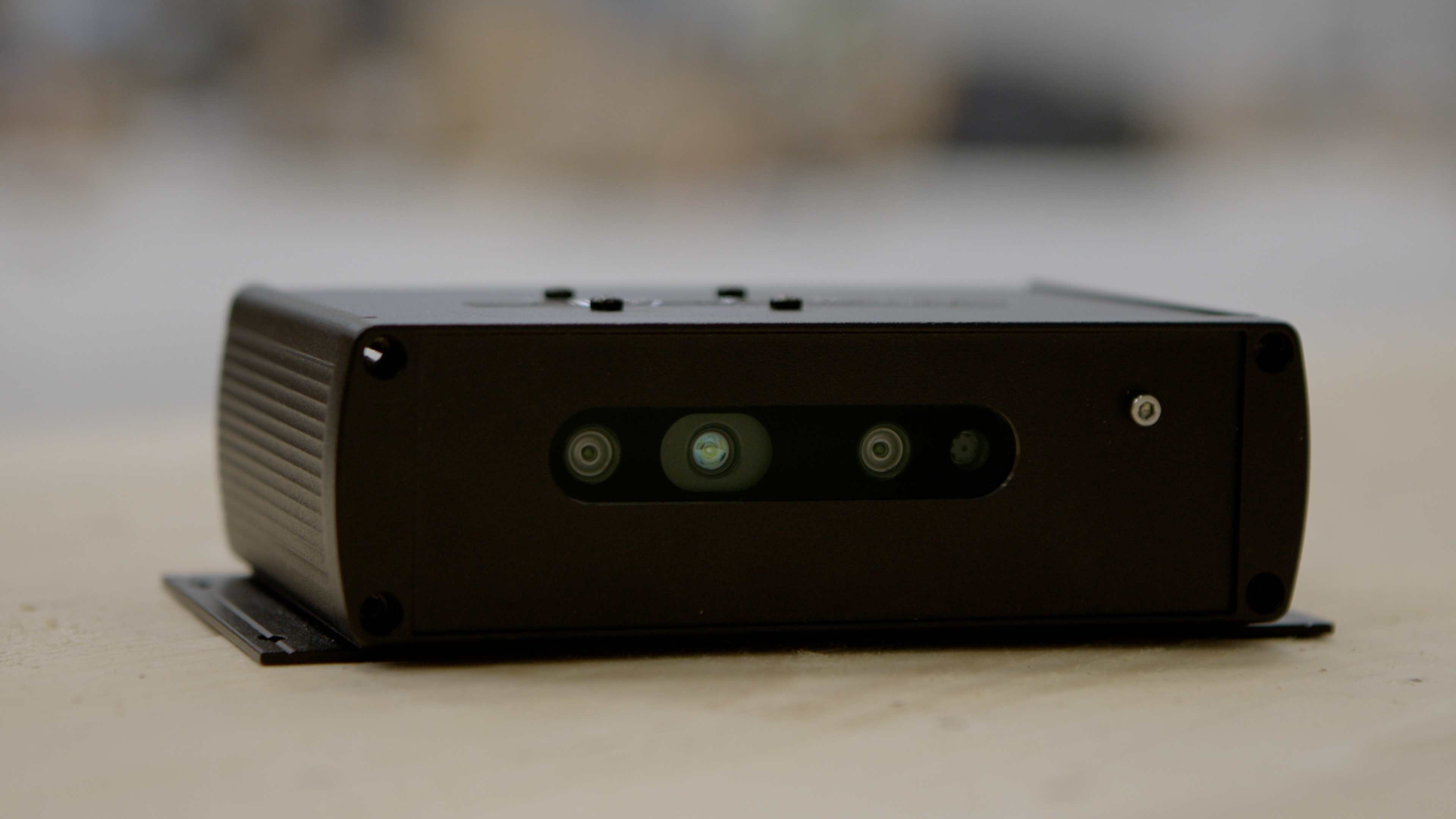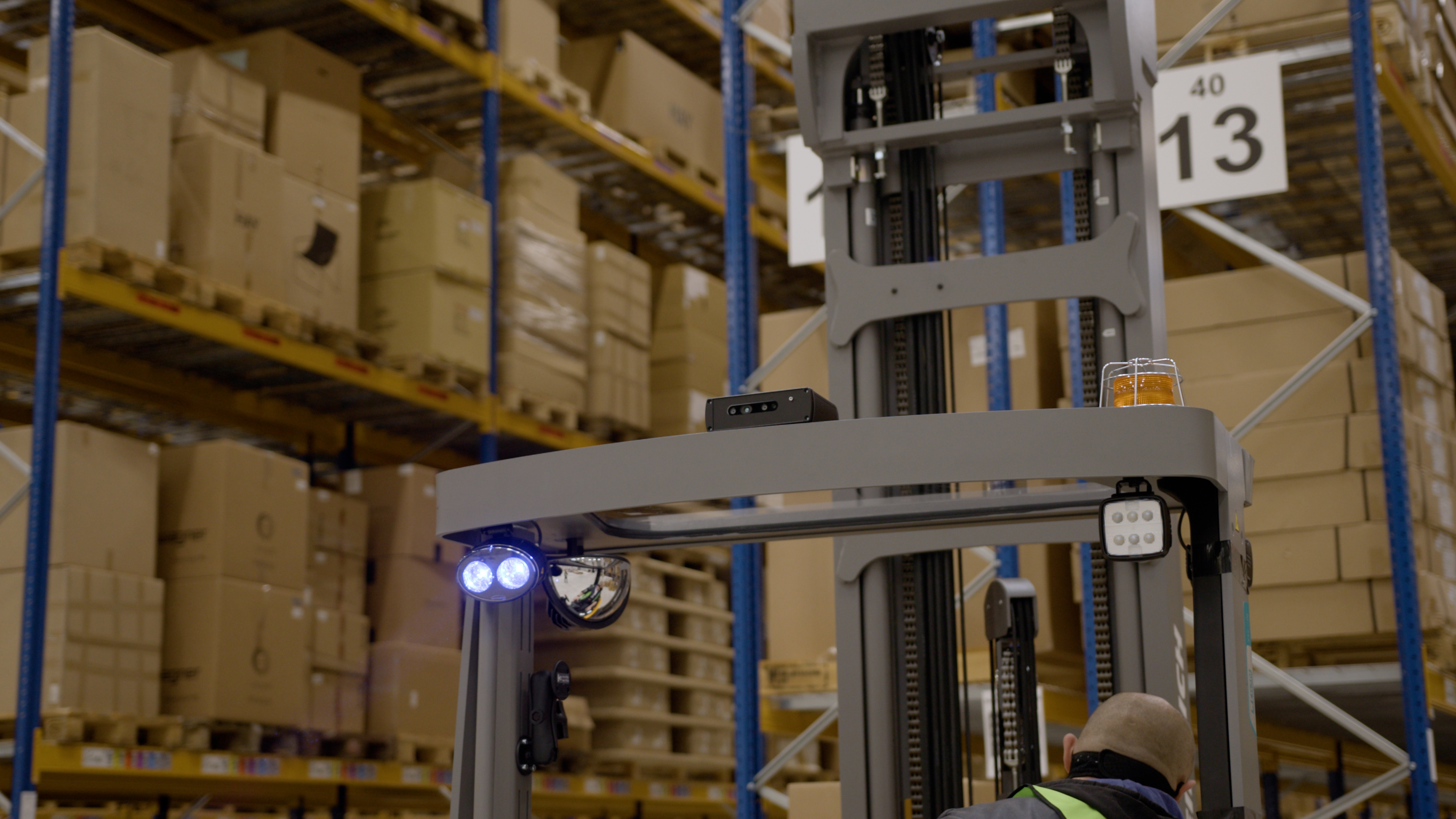The road to innovation: How the SYNAOS Real-time Localization came into being
Laden Sie unseren Kalender herunter
Schritt 1:
Öffnen Sie Ihren Kalender in Outlook unter https://outlook.office.com/calendar.
Unter Windows können Sie auch Ihr Outlook-Programm nutzen. Die nötigen Schritte weichen dann ggf. leicht ab.
Schritt 2:
Klicken Sie auf Kalender hinzufügen und wählen Sie Aus dem Internet abonnieren.
Schritt 3:
Fügen Sie folgenden Link ein und klicken Sie auf Importieren.
https://outlook.office365.com/owa/calendar/d35c67af88f64628a6018dbceff8877f@synaos.com/8d78e80490b8462db720d7687cbe5c204542545792701501371/calendar.ics
Geschafft! Ab sofort profitieren Sie von unsere Events-Kalender und sind immer über die aktuellsten Intralogistik-Events in 2024 informiert.
Schritt 1:
Öffnen Sie Google Calendar unter http://calendar.google.com.
Schritt 2:
Gehen Sie in die Einstellungen und klicken Sie unter Kalender hinzufügen auf Per URL.
Schritt 3:
Fügen Sie folgenden Link ein und klicken Sie auf Kalender hinzufügen.
https://outlook.office365.com/owa/calendar/d35c67af88f64628a6018dbceff8877f@synaos.com/8d78e80490b8462db720d7687cbe5c204542545792701501371/calendar.ics
Geschafft! Ab sofort profitieren Sie von unsere Events-Kalender und sind immer über die aktuellsten Intralogistik-Events in 2024 informiert.
Wenn Sie kein Outlook oder Google Calendar nutzen, funktioniert das Hinzufügen des Kalenders ggf. etwas anders. Sie können diese allgemeinen Schritte befolgen, um unseren Events-Kalender Ihrem Kalender-Programm hinzuzufügen.
Bei Schwierigkeiten können Sie auch Ihre IT-Abteilung um Hilfe fragen.
Schritt 1:
Öffnen Sie Ihr Kalender-Programm.
Schritt 2:
Navigieren Sie zu der Stelle in Ihrem Programm, an der Sie einen Kalender hinzufügen können. Dies ist häufig in den Einstellungen oder der Menüleiste zu finden.
Schritt 3:
Wählen Sie die Option, bei der Sie einen Kalender aus dem Internet/per URL (oder ähnlich) abonnieren können und fügen Sie an der Stelle folgenden Link ein.
https://outlook.office365.com/owa/calendar/d35c67af88f64628a6018dbceff8877f@synaos.com/8d78e80490b8462db720d7687cbe5c204542545792701501371/calendar.ics
Geschafft! Ab sofort profitieren Sie von unsere Events-Kalender und sind immer über die aktuellsten Intralogistik-Events in 2024 informiert.

Our system for real-time localisation of manually controlled vehicles is already ready for practical use after only two years of development. How it was possible to turn an idea into a finished innovation so quickly - despite an intermediate dead end.
Author: Dr. Timo Bänziger
The real-time localization of manually controlled vehicles is a major gap in intralogistics. If no one knows where a forklift truck is currently located, no information will reach the driver to guide him to the next destination by the shortest route. SYNAOS Vehicle Localization changes that. The digital solution offers full transparency and efficiency - even for the "analogue" part of the fleet.
But how can vehicles outside the network be integrated into a networked intralogistics system? In our search for an answer, one thing became clear: The solution needs to fit flexibly into existing structures, as varied as the framework conditions may be. We formulated other goals as well: low-threshold investment costs for companies and intuitive operation for warehouse personnel. This is the only way for a new process to be easily scalable and achieve the widest possible acceptance.
In the past, the market has offered just the opposite: oversized sensor and radio technology that is expensive to install and forces companies into path dependencies with costly infrastructures. We thought a modern product should be different – and that’s why we developed one of our own.
Starting off strong: The camera works from the get-go
The core of our idea was to use a camera as an optical sensor that autonomously records the environment. We were inspired here by the automotive industry. The automotive industry has made major progress in the area of computer vision, in which software processes the image data from cameras directly on site and draws important conclusions immediately.
By now, modern optical sensors locate objects with enough precision to decisively determine the position of forklifts in warehouse operation. And because the corresponding hardware is already available as inexpensive standard components, this sensor technology made the perfect foundation for our in-house system.
The software, on the other hand, does not come ready-made. Algorithms that are firmly integrated into the camera become outdated quickly. But we were unwilling to make compromises when it came to future viability. That’s why we worked together with our partner SLAMcore, who specializes in localization applications, to develop a software that can be continually adapted to new sensor technology and customer requirements.
This focus paid off. The prototype, completed in the third quarter of 2020 with minimal hardware investments, met all expectations from the get-go under realistic test conditions in combination with our analysis software. In a test area with the dimensions of a compact warehouse, the system localized manually operated vehicles with a precision of down to 25 centimeters, which was more than precise enough for the intended application. For consistent measurement accuracy on larger areas, it was sufficient to add a simple marker at the wide interval of 100 meters.
We had thus demonstrated that the previously existing need for closely positioned auxiliary sensors and marking points was a thing of the past, and our development project was in the fast lane. After all, we had already achieved the core goal of cost-effective real-time localization. If only another obstacle didn’t slow us down in the meantime.

Pit stop: Smartphones aren’t up to the task
The optical sensor on our first prototype was not a separate component. Instead, we used the integrated camera on one of the latest smartphones. Our localization software ran as an app on the device, which also provided the computing power to analyze the position data.
The motivation behind this approach: Smartphones have long been powerful enough to process the images on site without needing to send them to the cloud. Local data processing is a firm cornerstone of our data protection concept. And if customers can use their preferred smartphone model for sensor and computing hardware simply as a supplement to our app, this would further reduce the expense of procurement and installation. The fact that a smartphone display can also serve as a convenient display for transport orders was another argument in favor of this approach. The smartphone idea seemed like a good plan all around. But it didn’t work out.
This is because the real-time localization of our system architecture only operated with unrestricted precision as long as the smartphone’s computing hardware remained cool enough and received enough power including the camera. But for continuous use in shift operation, not to mention around the clock, the cooling technology and internal power supply of even the latest top-model smartphones is not sufficient, contrary to our expectations. At high operating temperatures, precision fell rapidly and the battery was drained faster than it was capable of charging. This was not acceptable to us.
The right way: Integrated hardware as a complete package
The “cool” solution to our heat problem: Switching from smartphone-based data processing to a dedicated box integrating the sensor modules and computing hardware. We constructed a corresponding prototype during the fourth quarter of 2020. This was well-invested time.
The follow-up tests in spring 2021 exceeded our expectations. Mounted on the roof of an autonomous forklift, our easily retrofitted second prototype delivered the same precision as the vehicle’s onboard laser localization system, which has much more complicated technical equipment. Now we could head for the home stretch of product development.
To ensure that the hardware could withstand the everyday use conditions of warehouse operation, we finalized the housing concept for serial production in the second quarter of 2021 with a design partner specializing in industrial design.
The result: An impact-resistant box that fits on any common forklift model with the compact dimensions of 19 x 12 x 6 centimeters and that is sealed against dust and water spray in accordance with the IP65 protection class. The system obtains electricity from the vehicle or on a temporary basis from auxiliary batteries, which guarantee uninterrupted power supply. This ensures optimal conditions for smooth operation in industrial environments!

At the finish: SYNAOS Real-time Localization is ready to go
The SYNAOS Real-time Localization has been available for pilot partners since the end of 2021 and·will be available after successful CE certification in the second quarter of 2022 for all customers who place the highest demands on modern real-time localization of manually operated vehicles.

Due to the use of standard hardware, our solution is 90% cheaper than systems using LiDAR or ultra-wideband. Thanks to its compact dimensions, the robust hardware is highly flexible and easy to install. Smooth integration into the existing IT landscape is guaranteed using a standard VDA 5050 interface via MQTT as well as WiFi wireless transmission. Local data processing protected by a strong firewall offers advantages for digitalization without risk to data. Because no maps need to be created and stored, the SYNAOS Real-time Localization is ready for operation very quickly. Scaling is easy: each additional device only needs a power connection, which is provided by the vehicle's onboard power supply in any case.
And the best thing for customers in the process of digital transition: Thanks to the combination of standard components and the high-performance software from SYNAOS, we didn’t just manage to realize the solution rapidly. We are also able to continually develop the system for our customers in fast cycles, according to specific requirements and oriented for the future.
Schließen Sie sich 1.000+ Intralogistik-Insidern an, die Insights direkt per E-Mail erhalten.





